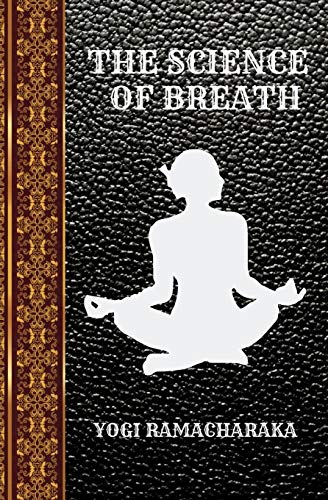What do you think?
Rate this book


71 pages, Paperback
First published January 1, 1903
In this chapter we will give you briefly the theories of the Western scientific world regarding the functions of the respiratory organs, and the part in the human economy played by the breath. In subsequent chapters we will give the additional theories and ascertained facts of the Oriental school of thought and research. The Oriental accepts the theories and facts of his Western brothers (which have been known to him for centuries) and adds thereto much that the latter do not now accept, but which they will in due time "discover" and which, after renaming, they will present to the world as a great truth.
**